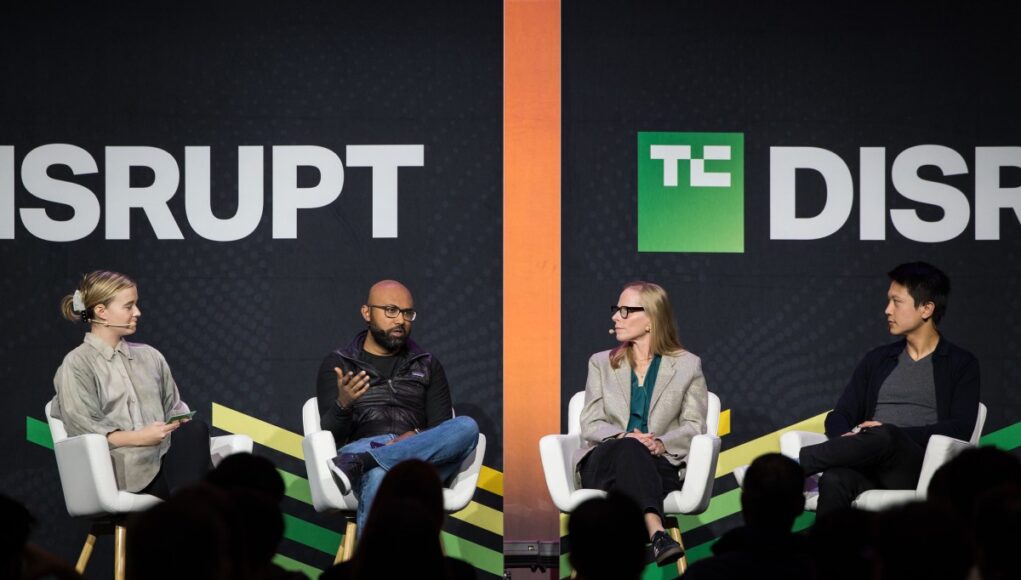Raising a $250 million Series D round may seem like a distant and unnecessary distraction to startup founders pitching investors for that first $1 million in seed money. But it shouldn’t be, according to several founders and venture capitalists. In their view, founders should be charting out a strategy for those later stage fundraises from the beginning.
Aven co-founder and CEO Sadi Khan said, while on stage at TechCrunch Disrupt, startup founders should start thinking about their later rounds before they raise their first financing. This strategy allows founders to determine how much capital they’ll likely need throughout the growth of their startup.
“We’re a very capital-intensive company; we provide asset-backed credit cards to consumers,” Khan said. “We require large amounts of capital to scale up, and we’ll require large, large amounts of capital to grow. From day zero, we knew that we needed to have an intensive pipeline of investors that we want to work with over a long period of time.”
Founders who understand how much capital they need can focus on finding the right investors for an early-stage round while building relationships with later-stage investors of the same flavor.
Lila Preston, head of growth equity at Generation Investment Management, said startups should start building these relationships at least two years before they need the capital.
Starting these relationships early gives investors time to get to know the business and the market it operates in, Preston added. It also gives investors a peek into the company’s growth.
Some later-stage investors — like Generation Investment Management, Preston said — can add value to a company long before they invest, if they think an idea is promising.
Techcrunch event
San Francisco
|
October 13-15, 2026
“When we show up, even at Series A or B, we’ve done the homework so that we’re an additive worthwhile conversation,” Preston said. “‘What are your milestones?’ ‘What does success look like to you?’ As the entrepreneur, [if you are] able to articulate that, you can come back and say, ‘yes, you’ve been able to hit the milestones you set out.’”
Zeya Yang, a partner at IVP, agreed and added that later-stage rounds are closing quicker than ever. Giving investors time to learn about your company in advance helps both sides, Yang noted.
“It definitely helps to get to know those people earlier than you think you need to,” Yang said. “When you’re actually raising, you’re talking to folks, one that you know you probably get along with, two who’ve already thought about your business a bit, etc. So it’s definitely helpful to think about it well in advance.”
Yang added that when early-stage companies start talking to later stage investors they don’t have to necessarily share all their numbers or metrics quite yet. Instead, they can share the general direction of the company and the overall vision of what it’s building.
Startups looking to find these late-stage investors should start by turning to their existing cap table, Khan said. A company’s existing investors can connect the founder to other VCs — his early investors introduced him to Khosla Ventures which led the company’s Series E round — that would be a good fit or have worked well the investors on the cap table in the past.
“At any given stage of fundraising, we always thought about what the next set of investors would be,” Khan said. “We try to build relationships in the previous round with an investor who really focuses on the next stage round. And sometimes we would let them come in on like a symbolic check to really start establishing a relationship.”






